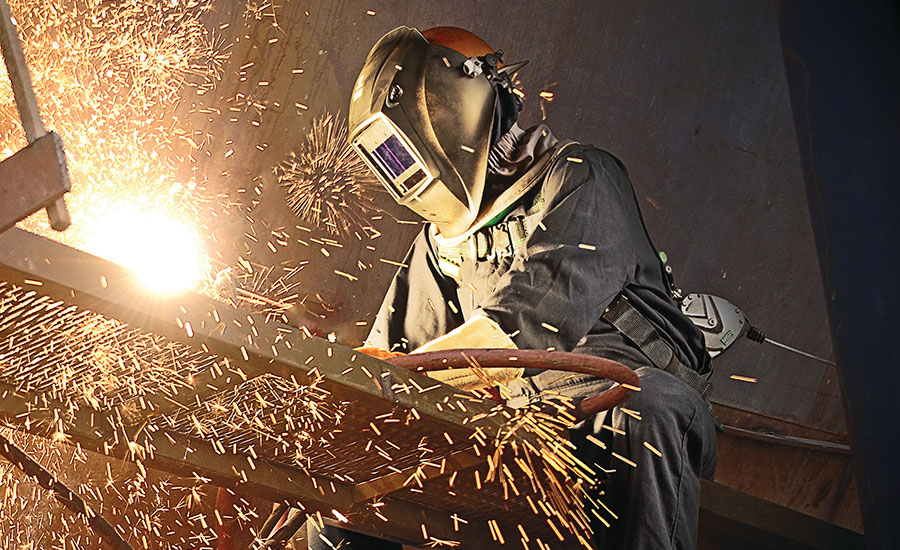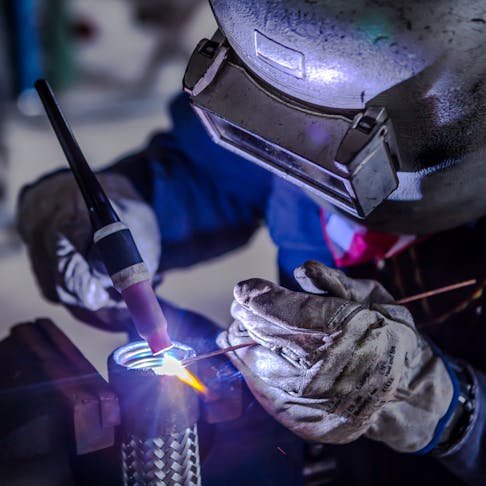Welding WPS: Usual Mistakes to Avoid and How to Correct Them
Welding WPS: Usual Mistakes to Avoid and How to Correct Them
Blog Article
Grasping Welding WPS Requirements: Best Practices and Techniques for High Quality Welds
In the world of welding, understanding Welding Procedure Requirements (WPS) standards is an important part that directly influences the quality and integrity of welds. As we navigate with the intricacies of welding WPS standards, revealing crucial insights and approaches for attaining top-tier welds will certainly be critical for welders looking for to excel in their craft and produce welds that stand the test of time.
Understanding Welding WPS Specifications

Assessors count on WPS documentation to validate that welding treatments are being followed appropriately and that the resulting welds are of high quality. Designers use WPS criteria to create welding treatments that make certain the sturdiness and dependability of welded frameworks.


Important Tools for Quality Welds
Understanding welding WPS standards is vital for welders to successfully utilize the vital tools required for producing quality welds. Among the most essential devices for top quality welds is a welding equipment. The kind of welding maker required depends on the welding process being made use of, such as MIG, TIG, or stick welding. Welding headgears are also vital to shield the welder's eyes and face from stimulates, warmth, and UV radiation. In addition, welding gloves made from sturdy and heat-resistant products protect the hands from injuries and burns. Magnets and clamps aid hold the work surfaces with each other safely during the welding procedure, ensuring accurate and exact welds. Cord brushes and cracking hammers are necessary for cleaning the weld joint prior to and after welding to eliminate any contaminations that might affect the quality of the weld. Lastly, a gauging tape and angle mill read are helpful devices for guaranteeing correct alignment and preparing the work surfaces for welding.
Secret Techniques for Welding Success
To achieve welding success, one must grasp the essential methods essential for generating high-quality welds. Preserving a steady hand and a stable welding setting throughout the process is vital to achieving accuracy and consistency in the welds. By understanding these key techniques, welders can elevate the quality of their job and attain welding success.
Ensuring Compliance With WPS Requirements

In addition, maintaining detailed documents of welding parameters, equipment calibration, and evaluation outcomes is crucial for demonstrating conformity with WPS requirements. By vigilantly adhering to WPS requirements, welders can make sure that their work fulfills the needed high quality levels and contributes to the general success of the welding task.
Troubleshooting Common Welding Issues
When confronted with common welding concerns, recognizing the source is important for efficient troubleshooting. One common issue is the existence of porosity in welds, frequently triggered by impurities such as moisture, oil, or corrosion. To resolve this, ensuring correct cleaning of the base steel prior to welding and making use of the correct shielding gas can dramatically reduce porosity. One more issue often experienced is absence of fusion, where the weld fails to correctly bond with the base product. This can originate from insufficient warm input or inappropriate welding strategy. Adjusting criteria such as voltage, cable feed speed, or travel rate can help enhance blend. In addition, distortion, fracturing, and spatter prevail welding obstacles that can be reduced via correct joint preparation, regular warmth control, and selecting the ideal welding consumables. By thoroughly understanding these common welding problems and their root triggers, welders can effectively fix troubles and attain premium welds.
Conclusion
In my blog conclusion, grasping welding WPS standards calls for an extensive understanding of the guidelines, utilizing essential devices, and carrying out essential techniques for effective welds. Making sure conformity with WPS standards is critical for creating high quality welds and avoiding common welding concerns. By adhering to finest strategies and methods, welders can accomplish dependable and consistent cause their welding tasks.
In the realm of welding, understanding Welding Procedure Spec (WPS) standards is an important element that straight influences the high quality and stability of welds.When delving right into the world of welding methods, a critical click to read more aspect to comprehend is the relevance and intricacies of Welding Treatment Spec (WPS) standards. WPS standards give a detailed standard for welding procedures, making certain consistency, top quality, and safety in the welding process. The kind of welding device required depends on the welding procedure being made use of, such as MIG, TIG, or stick welding.Accomplishing welding success through the mastery of crucial methods demands an extensive understanding and adherence to Welding Treatment Spec (WPS) standards.
Report this page